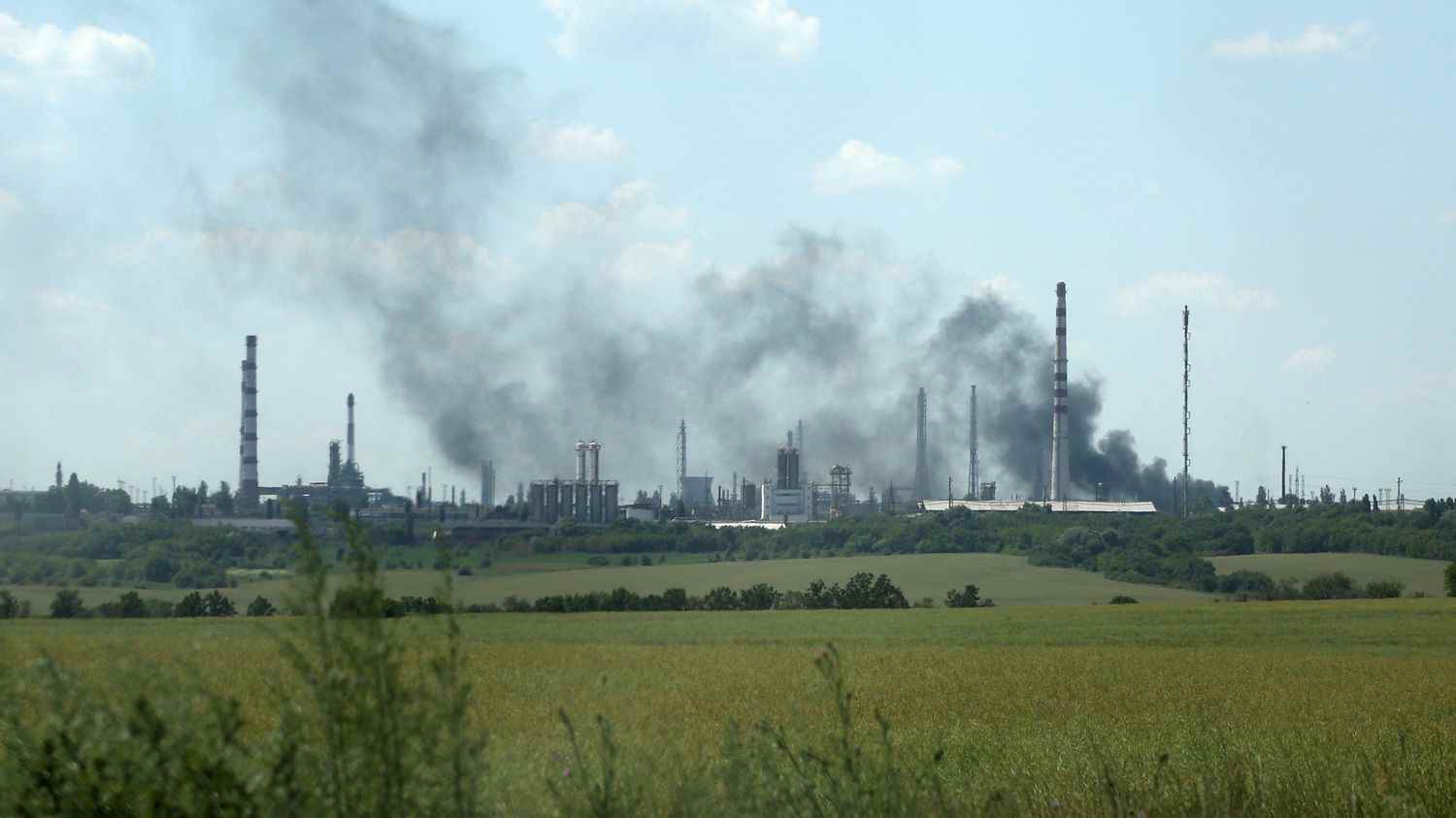After a year of war in Ukraine, a chronicle “A planet, solutions” produced by NOWU in partnership with franceinfo takes stock of the central place that ecology holds there. Between fossil fuels and ecological disaster, the environment is also, from the beginning, in the front line of the conflict.
A war on fossil fuels and energy
When one thinks of the environment-war link in Ukraine, the subject of fossil fuels is the first that comes to mind. Specifically, to Russian oil and gas. According to Thomas Pellerin-Carlin, director of the Europe program at the Institute for Climate Economics, this war is even “a fossil fuel war, in the sense that it is financed by fossil fuels”: “The budget of the Russian army before the invasion is 50 billion euros per year. Russia’s oil and gas revenues were 300 billion euros last year. So really this war, it is financed by fossil fuels. Which also means, since it is a war that is now part of the long term, that the more we get rid of our dependence on energy, the more we deprive Vladimir Putin of the financial means to continue to manufacture tanks, to manufacture shells to kill the Ukrainians”.
Let’s talk about our dependence on Russian fossil fuels. Prior to Russia’s invasion of Ukraine, more than 40% of Russian gas was imported and consumed in Europe. For oil, it was around 25%.
A questioning of Europe’s dependence on fossil fuels and the opportunity to turn more quickly to renewables.
As a reminder, the combustion of fossil fuels (which produces greenhouse gases) is by far the biggest cause of climate change. For scientists, one of the best things to do to limit global warming to the global objective set at +1.5 degrees since the era preindustrial, it is therefore to stop using fossil fuels.
This conflict was therefore an opportunity for Europe to, first of all, realize its extreme dependence on imported fossil fuels, but also to question its use to enhance its climate ambitions and turn to more clean. A set of actions have been taken to promote their deployment this year.
On the other hand, Europe has also strengthened and developed new partnerships with other countries to supply itself with oil and gas, in particular liquefied natural gas. According to the NGO Friends of the Earth, these investments and contracts are far from respecting the EU’s climate objectives.
An environmental disaster caused by the conflict
Far from only causing human and material damage, war also causes enormous environmental damage.
Missile strikes cause forest fires, destroy protected sites,
bombardments of chemical factories pollute the soil, water and air, agricultural land is destroyed by mines, rocket explosions disseminate cocktails of chemical compounds that destroy biodiversity… Ukrainian President Volodymyr Zelensky, and he is not the only one, even denounced a “ecocide“perpetrated by the Russian army.
A rather striking example could be the thousands of dolphins stranded in the Black Sea this year. In question, the sonars of submarines, which destroy their inner ear.
900 cases of ecological damage identified
Although listing war damage is extremely complicated, in particular because of the dangerousness of the terrain, the NGOs Greenpeace and Ecoaction have just published a report on the environmental damage caused by the war in the country and have even created a interactive map. It identifies no less than 900 cases of damage, which represent almost a third of the country on the map.
The sad environmental toll of the war can be made when it is over. Greenpeace and Ecoact are already calling on the government to rebuild the country in parallel with restoring the environment. And it will take time, because environmental disasters are immense, and will have a long-term impact on the lives of all inhabitants and ecosystems.
NOWU it’s the positive medium for getting informed and getting active for the planet! Its mission: to enable young Europeans to become actors in the face of environmental challenges through content that relieves guilt and focuses on solutions.
